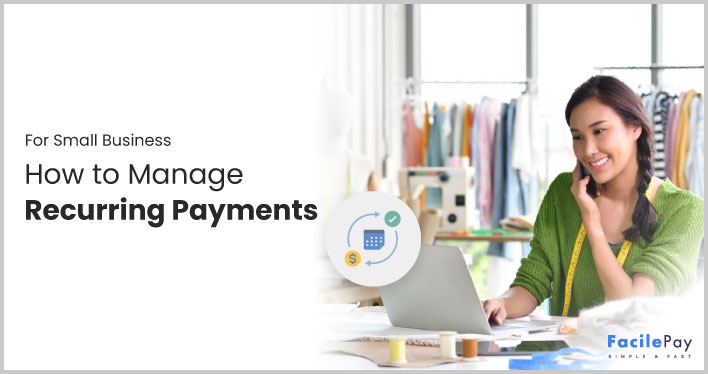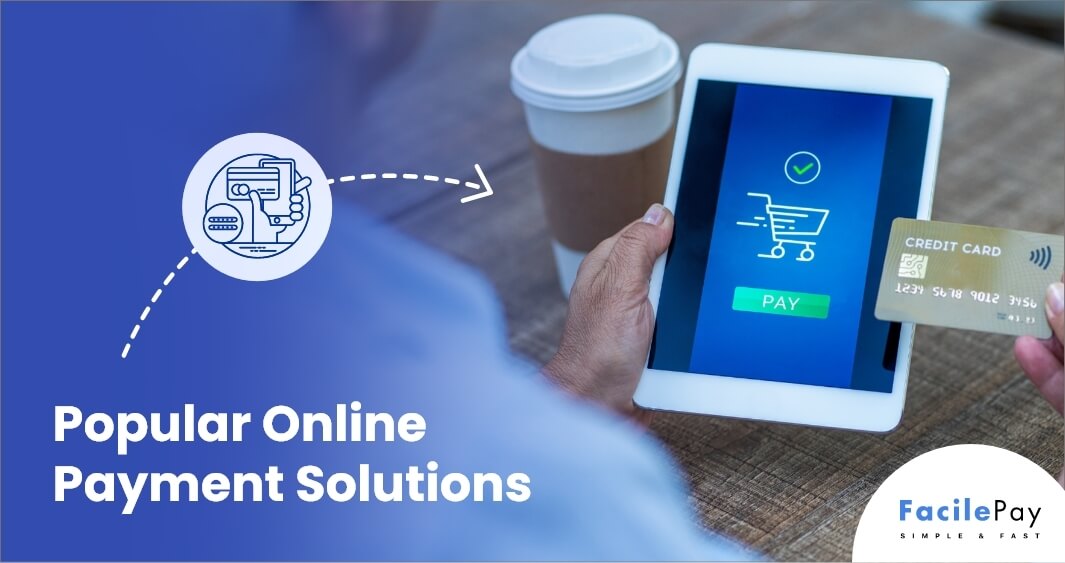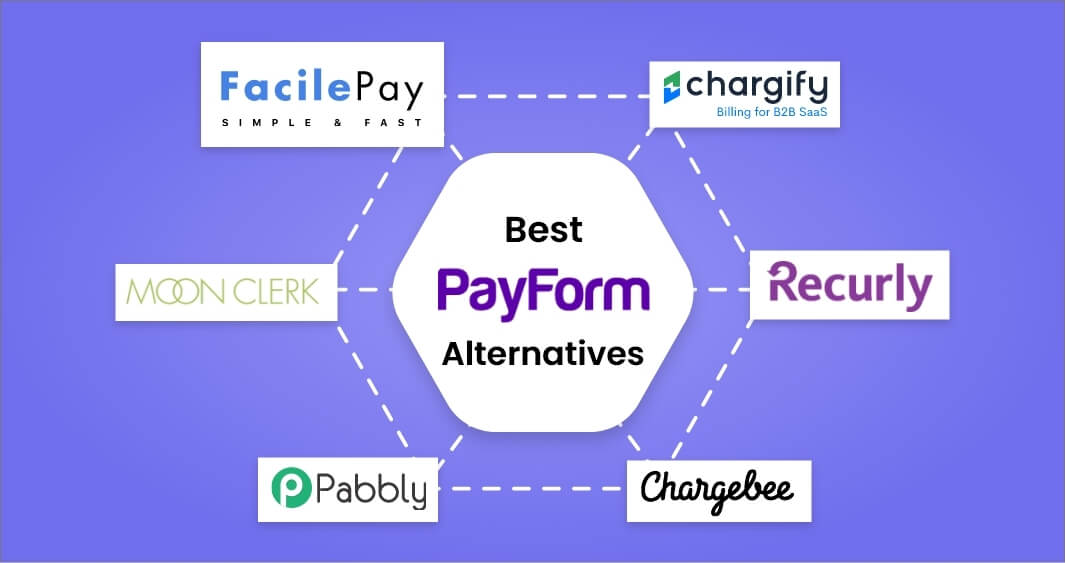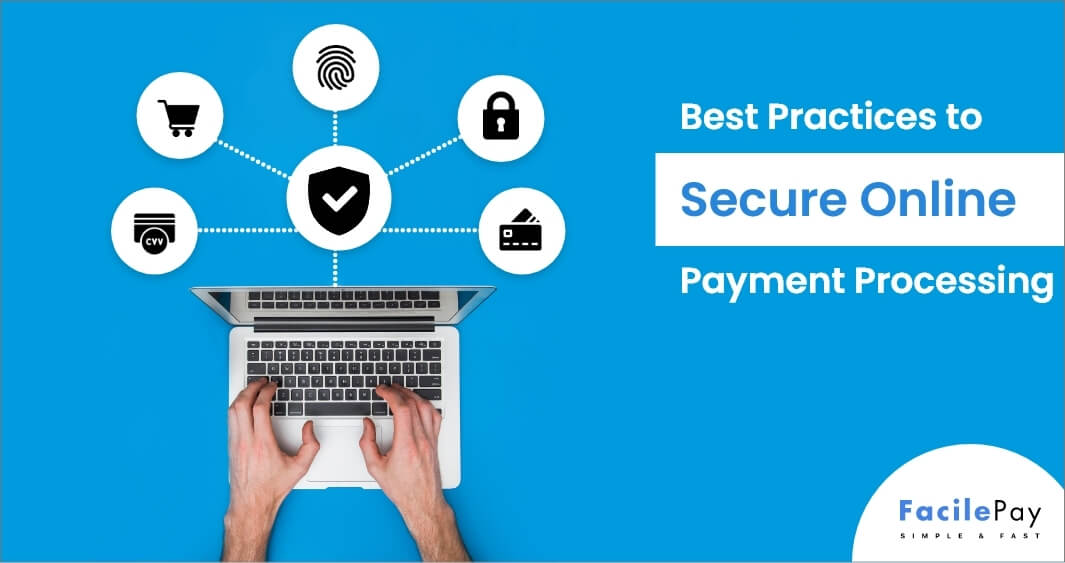Is your business facing a low retention rate?
Are you frustrated with sending reminders to your customers and still missing payments within the said time?
Do you want to improve your cash flow?
Well, if you are facing the above challenges, you have landed at the right place. We have solutions to all the issues mentioned above. You need to know about recurring payments for small business.
In this blog, you will know:
- What is a recurring payment?
- What are the steps required to set up recurring payments?
- What are the benefits of recurring payments?
- Which are the things to consider while choosing a recurring payment service?
- Which are the different types of recurring payment services?
Let’s get started.
Contents
- What are Recurring Payments and How Does It Work?
- How to Set Up Automatic Recurring Payments
- 5 Benefits of Accepting Recurring Payments for Your Business
- 4 Points to Consider While Choosing The Best Recurring Payment Service
- Which Businesses Use Recurring Payments?
- Which are the Different Types of Recurring Payment Services?
- FAQ on Recurring Payments for Small Business
- Get Started With Recurring Payments for Your Business
What are Recurring Payments and How Does It Work?
In simple terms, recurring payments are repeating payment services. When a business charges a fee for its services or products it follows recurring payment methods.
What makes recurring payment platforms so popular among customers and small businesses? For companies, the subscription business model improves sustainability and cash flow.
How Do Recurring Payments Work?
A business owner needs a merchant account to accept payments electronically from its customers. Automatic payments and recurring invoices work as an ideal fit for the business and customers to manage recurring payments.
Here are the main steps involved in the recurring payment process.
Step1: A customer visits the business site and chooses the recurring payment option from the payment methods.
Step2: Customer accepts the recurring payment conditions, during the checkout process. The conditions include fee structure, payment schedule, expiry date, and the amount charged for recurring payments.
Step3: Customer enters the payment details and information and agrees to share with the business software for future payments.
Step4: Recurring payment procedure is similar to the credit card payment. When a customer opts for a recurring payment, the payment processor contacts the acquiring bank, the payment network, and the issuing bank. The funds are released to the business account only after all three parties approve the payment.
Step5: Everytime the business processes the scheduled recurring payment, the customer receives an invoice to inform them about the successful payment. A few businesses, follow the practice of sending reminders of automatic charges at specific scheduled dates.
Let’s move further to understand how to set up automatic recurring payments.
How to Set Up Automatic Recurring Payments
You will need a payment service provider that works best for your business. Below are the steps to take to set up recurring payments for users to use payment processing services effortlessly.
-
Research Various Service Providers
Research various service providers that work best for small businesses to accept recurring payments via various payment methods like credit or debit, ACH payments, or keep it as one time transaction. Check what is the fee they charge for every transaction including recurring payments.
With the help of these service providers, it is easy for small businesses to attract customers to use recurring payments. Auto payment provider includes:
- PayPal
PayPal allows accepting recurring payments in-store and online payments. - Square
Square allows automatic payments and supports in-store, mobile payments, and online payments. - Stripe
Stripe is the best overall payment gateway with free monthly cost and a hassle-free checkout experience.
- PayPal
-
Set Up High-level Security Measures
Automatic payment providers will ensure high security in handling customers’ payment information and data. However, you should look into the security measures personally before choosing any payment processor.
-
Market it to Customers
Once you have set up your merchant account for recurring payments, you can let your clients know to use the services by enabling recurring charges with a subscription payment button on monthly basis. Send out an email to your customers to know that they can use repeat payments to ease the billing process and prevent failed payments. However, you need to know that the customers can always stop recurring payments for any reason at anytime.
But, have you ever wondered what are the advantages of implementing recurring payments for small businesses?
Here are a few benefits to process recurring payments.
5 Benefits of Accepting Recurring Payments for Your Business
Here are the 5 pros of recurring payments for your business.
-
Prevent Missing Payments to Receive Regular Cash Flow in Time
Have your customers missed payments? Small business recurring payments keep the cash flow ongoing as the customer no longer needs to remember to pay you monthly. Recurring payments will automatically withdraw the funds and prevent missed payments.
-
Stop Sending Reminders to Customers for Delayed or No Payments
Every business owner likes to receive payments on time. To avoid pestering the customers for payments, implement a payment processor. You will automatically get the money on the set billing cycle.
-
Send Quick Invoice to the Customers Nearing to the Payment Schedule
Recurring payment types integrate accounting and invoicing systems to generate an accurate billing that happens monthly or yearly. As the recurring time is nearing, an automated invoice is sent to the customer as a reminder.
-
Auto Pay from Customer’s Account to Avoid Failed Payments
When customers know their funds will be withdrawn on a certain date, they don’t have to retry failed payments or remember to pay before the service is charged. They know their accounts will be debited with the amount every month. This helps in improving customer retention.
-
Seamless Recurring Payment with Various Subscription Models
There are multiple things to subscribe to, for example, magazines, newspapers, milk, groceries, and much more. You might be aware of how subscription details work. Imagine if you implement a recurring payment platform, your customers will be able to maintain seamless access to payment and secure payment information.
Now that you have learned the benefits, what should you know about choosing the right recurring payment services? Let’s find out.
4 Points to Consider While Choosing the Best Recurring Payment Service
When choosing a recurring payment service for your small business, you may want to consider the following:
-
Check Various Billing Interval Options
Customers would prefer multiple billing interval options for their convenience. Ensure that the service provider you choose provides the flexibility of billing intervals- weekly, monthly, bi-annually, or annually.
-
Include Various Payment Methods and Currencies
Check how many payment methods are included. Ensure that they are for one-time purchases and for subscriptions too. If your business caters to users worldwide, it is relevant to check what currencies it accepts and does it include local preferences or not.
-
Provide Flexibility in the Pricing Plans
Ensure that the recurring payment system you want to use regular subscriptions where you can add one-time subscription charges and usage-based charges.
-
Option for Users to Subscribe for Automatic Renewals
Do you want recurring billing on automated payments mode? When customers signup for a subscription to your service, they are unsure of how long would they need the service? In that case, choose the best recurring payment system that provides a solution with discounts and coupons to attract users for auto-renewal subscriptions.
It might have become easy for you to choose the right subscription payments option. Small businesses like you prefer using FacilePay to manage recurring transactions. Want to consider using FacilePay for your small business?
Let’s move on to gain some knowledge about the industries that can implement recurring payment options. Know that, irrespective of any industry, implementing subscription payments for small businesses will manage subscription services efficiently. Below is the list of businesses currently using recurring payments.
Which Businesses Use Recurring Payments?
Any industry can find a way to introduce recurring payment processing. Here’s the short list of industries and companies that follow recurring automatic payments:
| Industry | Companies |
|---|---|
| Automotive | Audi, Porsche |
| Education | Code Academy, LinkedIn Learning |
| Entertainment | Netflix, Spotify |
| Software | Adobe, Microsoft |
| Healthcare | Fitbit, Tonal |
| Media Content | New York Times, National Geographic |
| Personal Services | Dating Apps |
| eCommerce | Walmart, Amazon Prime |
To serve better and increase the revenue of the business, these companies follow certain payment processors. Are you aware of what those recurring payment options companies follow? Let’s find out.
Which are the Different Types of Recurring Payment Services?
Depending on the product or service that you offer, there are two types of recurring payments.
-
Regular or Fixed Recurring Payments
Regular recurring bill payments are charged the same amount every month. For example, gym membership and newspaper subscription are services used by customers on an ongoing basis.
-
Irregular or Variable Recurring Payments
Variable recurring transaction is usage-based charges that automatically charge customers as per the service they use. There are no fixed payments or payment plans like fixed payments. For example, utility bills, and salon services.
In small businesses, most services like social clubs, co-working space, etc., have fixed prices, so choosing a variable option is rare. However, small businesses like tutoring, house cleaning, and personal training prefer variable payment methods.
Choose the right option that fits your business requirements.
Then let us understand how to set up payment processors successfully.
Frequently Asked Questions
-
What are examples of recurring payments?
Gym membership, monthly utility bills, and customers’ credit card automated charges are some examples of recurring payments. Recurring payments are repeated payments either on a monthly or yearly basis. Subscription plans, online payments, and membership payments are different types of recurring payments.
-
What is the difference between recurring payments and one-time payments?
While using a service or buying a product, a customer authorizes a single payment. If a customer uses the same service the second time, they need to authorize again with a separate transaction with the customer’s signature. When initiating recurring payments, a customer makes the payment once and subscribes for repeat payments on a set date.
-
Are recurring payments similar to automated payments?
These terms are classified as regular and variable payments where recurring payments are fixed payments and automated payments are classified as variable payments. These terms will change as per the business operations and the services they provide.
-
Which recurring payment system is the best for small businesses?
There are multiple payment systems suitable for business owners to improve customer retention. A few are listed below:
- PayPal– Best payment gateway for any transaction.
- Stripe– Most preferred payment gateway for small businesses.
- Helcim– Best interchange and low pricing for all businesses.
- Adyen– A multichannel approach to provide customers with a seamless shopping experience.
- Square– If you have a storefront business model, Square is the best recurring invoicing system.
- Braintree– Includes a variety of payment types and accepts PayPal and Venmo payments.
- Chase of business– Suitable built-in banking partner.
-
Are recurring payment services secure?
Recurring payment services are completely secure with features like two-factor authentication and multi-factor authentication. These features show frequent security updates, monitoring of user activities, data encryption, and privacy protection.
Get Started With Recurring Payments for Your Business
If you are excited about the benefits of recurring payments, you might be wondering how to get started for your business. An appropriate recurring payment platform can not only make your business operations easy but provide a hassle-free experience to the customers in terms of monthly payments.
Choose the right payment processor and integrate a payment gateway into your existing site. Recurring automated billing integration to your business can be a game changer. Make sure you are aware of the monthly or yearly charges you want to apply for each service you provide to the customers.
Manage your business operations and reduce the chances of missed payments or payment failure with recurring payments services.






